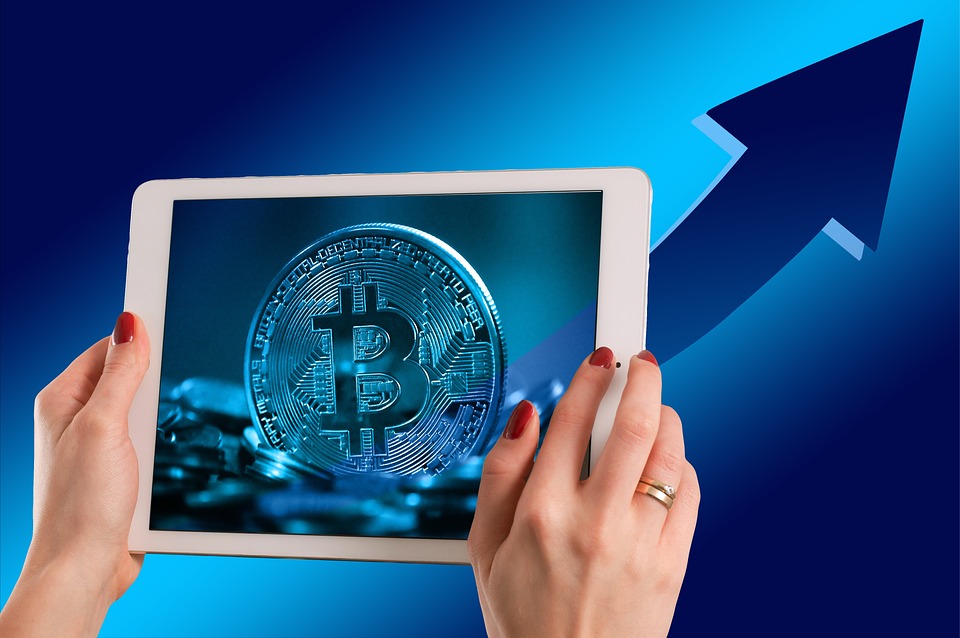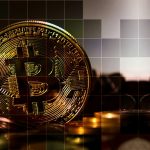NFTs and DeFi: The Altcoin Trends That Are Reshaping Investment Strategies
The cryptocurrency landscape has witnessed transformative innovation over the last few years. While Bitcoin and Ethereum remain dominant players, alternative assets like Non-Fungible Tokens (NFTs) and Decentralized Finance (DeFi) are emerging as robust categories reshaping investment strategies and user experiences in the digital economy. This article delves into how NFTs and DeFi are evolving the altcoin landscape and influencing broader market trends.
Understanding NFTs and DeFi
Non-Fungible Tokens (NFTs) are unique digital assets verified using blockchain technology. Unlike cryptocurrencies such as Bitcoin or Ethereum that are fungible—meaning they can be exchanged on a one-to-one basis—NFTs represent ownership of a specific item or piece of content, ranging from digital art and music to virtual real estate and gaming collectibles. Their distinctiveness allows for new forms of digital expression and ownership, appealing to artists, creators, and collectors.
Decentralized Finance (DeFi) refers to financial services rendered on blockchain technology without intermediaries like banks or brokers. It encompasses a wide range of services, including lending, borrowing, trading, and earning interest through liquidity pools. DeFi aims to democratize financial access, empowering individuals worldwide to engage in investment strategies that were previously unavailable to them due to barriers posed by traditional financial systems.
The Convergence of NFTs and DeFi
The intersection of NFTs and DeFi presents exciting opportunities for investors and creators alike. Here are some of the significant trends emerging from this fusion:
-
NFT Collateralization: One of the most intriguing applications of DeFi within the NFT space is collateralizing NFTs to secure loans. NFT holders can use their tokens as collateral for borrowing, unlocking liquidity from their illiquid digital assets. This strategy allows investors to leverage their NFT collections without having to sell them outright.
-
Fractional Ownership: NFTs are inherently unique, which can make them expensive and inaccessible for many investors. Fractionalization allows high-value NFTs to be divided into smaller, tradable tokens, democratizing ownership. Through DeFi protocols, multiple investors can own fractions of a prized digital asset, enabling broader participation in the NFT market.
-
Yield Generation: DeFi platforms have introduced the concept of yield farming, where users can earn returns on their holdings. This concept is now extending to NFTs, where investors can stake their NFTs in liquidity pools or participate in NFT yield farming. By contributing their digital assets to these pools, investors can earn tokens or additional NFTs as rewards, enhancing the utility of their holdings.
- NFT Marketplaces and DeFi Integration: As NFT marketplaces evolve, many are incorporating DeFi functionalities to enhance user experiences. Platforms like Rarible and OpenSea are exploring options that allow users to leverage their NFTs as collateral, participate in liquidity pools, and potentially earn rewards for their participation, thus merging the worlds of digital arts and finance.
Rethinking Investment Strategies
Investors in this new landscape must adapt their strategies to accommodate the unique characteristics and risks associated with NFTs and DeFi. Here are some key considerations:
-
Due Diligence: Given the rapid evolution of NFT projects and DeFi protocols, thorough research is essential. Investors should evaluate the creators behind NFTs, the community support for the project, and the underlying technology to discern the longevity and potential appreciation of their assets.
-
Risk Management: While both NFTs and DeFi offer high-reward opportunities, they also come with significant risks. NFTs can be subject to market sentiment swings, while DeFi platforms can face vulnerabilities such as smart contract exploits. Diversifying investments across both asset classes can help mitigate risk.
- Market Trends: Being informed about broader market trends is crucial. The popularity of play-to-earn (P2E) games, virtual reality worlds, and celebrity-driven NFT launches can drive investor interest and value. Staying updated on regulatory developments is also essential, as regulations may impact the viability and profitability of NFT and DeFi investments.
The Future of NFTs and DeFi
As the cryptocurrency space matures, NFTs and DeFi are positioned to become integral components of the digital economy. Their symbiotic relationship fosters innovation, increases accessibility, and facilitates new investment avenues.
In conclusion, NFTs and DeFi are more than just passing fads; they are actively reshaping the investment landscape by introducing new paradigms of ownership, utility, and finance. Investors who adapt quickly and strategically to these evolving trends stand to benefit from the exciting opportunities that lie ahead in this dynamic altcoin market. With technology continuing to advance and reshape market structures, the possibilities for how we invest and interact with digital assets are virtually limitless.




